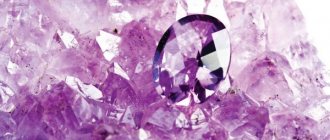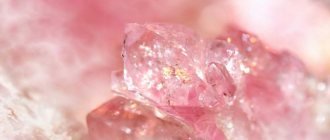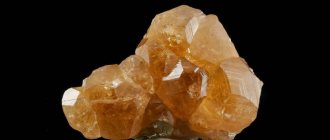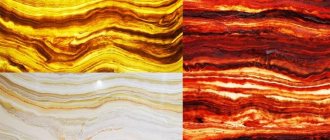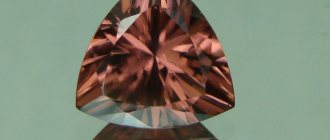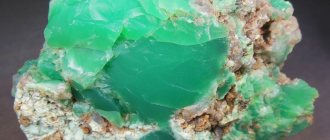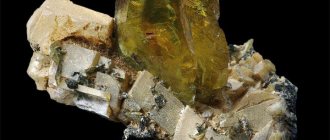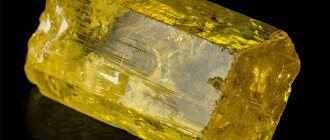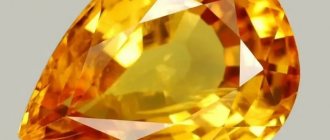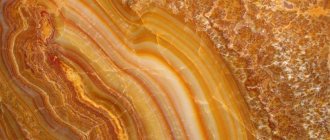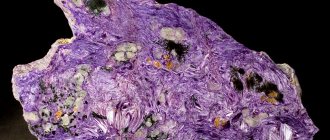What do you think about when you hear the phrase “Siberian crown”? Most likely about beer. And it would be worth talking about a unique gem, mined exclusively in the Lena River basin, fantastically beautiful, with the name charoite corresponding to this incredible beauty.
Yes, yes, the charoite stone is so rare that it is mined exclusively in one place - our native Siberia. The age of the rocks containing the mineral of lilac and violet shades is estimated at about 135 million years, and charoite was first discovered quite recently, just about 70 years ago.
Historical reference
The mineral was first discovered during a geological survey in 1948 by Soviet geologist V.G. Ditmar, who mistakenly called it cummingtonite shale.
The first charoite jewelry was made in 1973. Charoite was officially registered as a new mineral by V.P. Rogova in 1977.
While scientists were comprehensively studying the new mineral, jewelers had already begun to process and sell the ornamental stone. Soon the gem became so famous that many products made from it began to be sent abroad.
One of the American scientists studied imported Soviet charoite in his homeland and submitted an application to the International Commission on New Minerals to secure priority for the discovery. Irkutsk researcher Vera Parfentyevna Rogova sent her Application a little earlier, but her Application was not accepted and she was asked to change the name of the stone.
The name “charaite” initially proposed by the Irkutsk woman, according to the commission, turned out to be consonant with the name of another mineral - cheralite, which is why V.P. Rogova’s proposal was rejected. But justice triumphed. All members of the commission, except one, were in favor of awarding the honor of discovery to Vera Rogova. An American mineralogist wrote a letter of congratulations to his Siberian colleague.
Charoite still holds a lot of mysteries. The stone is so difficult to study that its first researcher, candidate of geological and mineralogical sciences Evgeniy Vorobyov, could not determine the exact formula for several years. Geologists do not yet have a consensus on the origin of charoite. Various versions were put forward by E.I. Vorobyov, N.V. Vladykin, M.D. Evdokimov, V.M. Biryukov and N.V. Berdnikov.
Origin
The rocks at the sites where the mineral was found date back to the Middle Jurassic to Early Cretaceous periods. Rock with charoites is sometimes called charoitite .
In general, the origin of charoite is still controversial among experts. It seems that charoites are formed “as a result of metasomatic replacement of host strata.”
Or maybe they are of magmatic origin. There is a connection with carbonatite alkaline melts... It’s not for us, geologists, to puzzle over this
